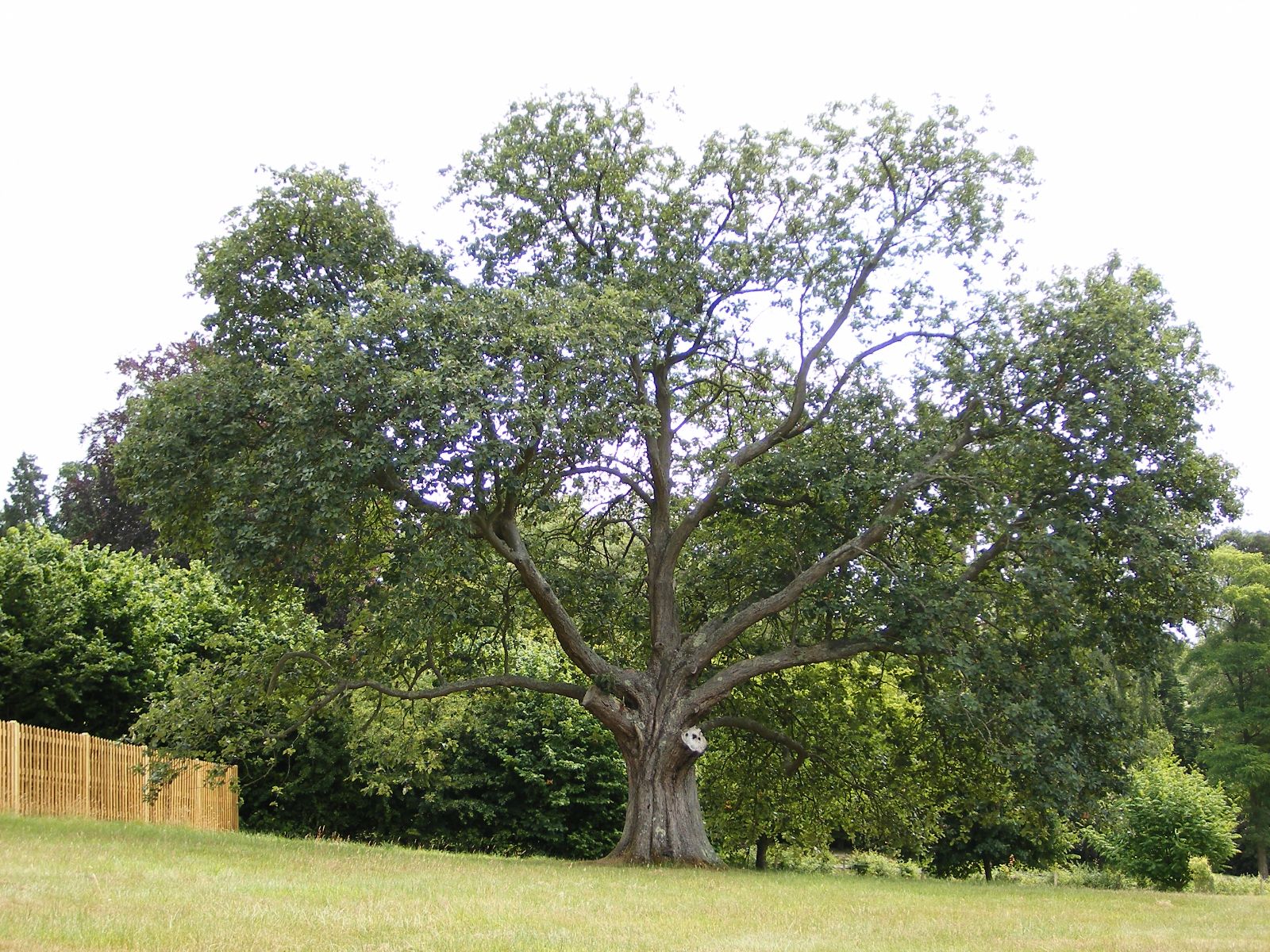Karpatiosorbus latifolia
Credits
Article from Bean's Trees and Shrubs Hardy in the British Isles
Recommended citation
'Karpatiosorbus latifolia' from the website Trees and Shrubs Online (treesandshrubsonline.
Genus
Common Names
- Fontainebleau Service Tree
Synonyms
- Aria arguta M.Roem.
- Aria latifolia (Lam.) M.Roem.
- Aria latifolia var. rotundifolia Lavallée
- Crataegus dentata Thuill.
- Crataegus latifolia Lam.
- Pyrus arguta Tausch
- Pyrus aria subsp. latifolia (Lam.) Hook.f.
- Pyrus atrovirens K.Koch
- Pyrus intermedia Soy.-Will. ex Nyman
- Pyrus intermedia var. latifolia (Lam.) DC.
- Pyrus latifolia (Lam.) R.Thomps.
- Pyrus latifolia var. dentata Irmisch
- Sorbus aria subsp. latifolia (Lam.) Rouy & E.G.Camus
- Sorbus aria proles latifolia (Lam.) Samp.
- Sorbus atrovirens K.Koch
- Sorbus latifolia (Lam.) Pers.
- Sorbus latifolia var. ambigens Chabert
- Sorbus latifolia var. typica C.K.Schneid.
- × Tormaria latifolia (Lam.) Mezhenskyj (Lam.) Mezhenskyj
- Torminaria latifolia (Lam.) Dippel
The text below is that of Bean (Bean 1981) who discussed this taxon under the name Sorbus latifolia. We have created this hybrid article – Bean’s text under the correct modern name, with appropriate synonymy – whilst we await sponsorship to enable a full revision of this genus to be written. We are reorganising Sorbus sensu lato articles to enable a new revision of Sorbus sensu stricto to commence in 2023, and to bring the nomenclature of this complex group of plants up to date in line with modern treatments.
Bean’s discussion of Sorbus bristoliensis, S. devoniensis, S. karpatii, S. pseudovertesensis, S. subcuneata, S. ‘Theophrasta’ and S. × vagensis, all of which he placed beneath his discussion of S. latifolia, may now be found under their respective new names in Karpatiosorbus.
TC, September 2023.
A tree 30 to 45 ft, sometimes over 60 ft high; branchlets downy when young, becoming by winter shining and quite glabrous. Leaves roundish ovate, 2 to 4 in. long, often nearly as wide at the base as they are long, the apex pointed, the base either truncate or broadly wedge-shaped, margin cut into triangular, pointed lobes which are sharply toothed, glabrous, dark lustrous green above, covered beneath with a greyish felt; ribs six to ten on each side; stalk downy, 1⁄2 to 1 in. long. Flowers white, 5⁄8 in. across, borne in corymbs 3 in. wide during May; stalks and calyx very woolly. Fruits globular, 1⁄2 in. in diameter, dull brownish red, dotted with large pale lenticels.
This interesting tree is, at least in its typical state, confined to a small area with the Forest of Fontainebleau as its centre, and has been known there since early in the 18th century. Its origin and status has given rise to considerable difference of opinion, but it is now generally considered to be a species of hybrid origin, and is said to come true from seed. One parent is certainly S. torminalis. The other must have been some member of the Aria complex, but not necessarily S. aria itself, since other species of this group may have existed in northern France at the time when it arose. Trees similar to S. latifolia have been found in other parts of France and may be of similar though independent origin. S. latifolia was at one time confused with S. intermedia (q.v.), though the two are really quite distinct.
S. latifolia makes a handsome specimen, with a short trunk and spreading crown, but is uncommon.
S. latifolia is the type of a large group of minor and mostly very local species believed to be apomictic, that derive, as it does, from S. torminalis and some members of the S. aria group. While some of these are near to typical S. latifolia, others differ from it markedly in leaf or fruit or both. Forty-one of these are recognised (but not described) in Flora Europaea, the majority from Central Europe. Descriptions are given below of the three British species; of ‘Theophrasta’, apparently known only in cultivation; and two Hungarian species of recent introduction, the descriptions of which are taken from the work by Z. Karpaty listed in the Bibliography.
From the Supplement (Vol. V)
specimens: Borde Hill, Sussex, pl. 1907, 40 × 73⁄4 ft (1978); Battersea Park, London, South Drive, 56 × 6 ft (1983); Oxford Botanic Garden, 56 × 83⁄4 ft (1983); Kilkerran Castle, Ayrs., 23 × 81⁄2 ft (1984); National Botanic Garden, Glasnevin, Eire, 50 × 81⁄4 ft (1974).

